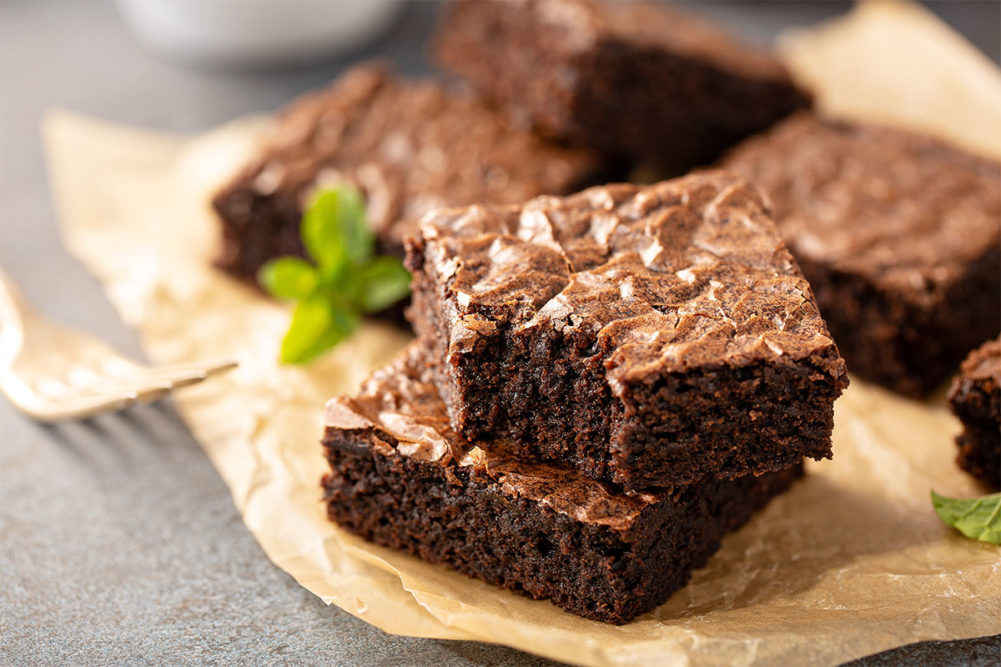CHICAGO — Eggs and egg ingredients offer multifunctional benefits in baked foods, which means replacing them in formulations may require multiple ingredients.
“Balancing your formula and using combinations is usually necessary,” said Julia DesRochers, PhD, senior principal scientist at Tate & Lyle. “There’s usually not one ingredient that will give you all the functionality in your product.”
She gave egg prices tending to rise and fall and allergen concerns as reasons for replacing eggs and egg ingredients. The challenge, DesRochers said Feb. 29 at the American Society of Baking’s BakingTech 2024 in Chicago, means dealing with four main areas: emulsification, binding to create texture, leavening, and sensory properties like color and flavor.
“Eggs have a very unique composition in terms of protein, fat and lecithin, and they perform many varied functionalities,” she said. “It’s key to understanding the whole functionality of the egg or the egg components so that you can try to understand what you need to focus on for your reformulation.”
Blends — say chickpea protein or flour, an emulsifier and hydrocolloids such as guar gum or xanthan — may be required.
To replace the emulsifying properties of egg ingredients, formulators need to do two things.
“We need to form a stable oil and water emulsion, and we need to incorporate air cells into the batter for leavening to give you the finished product texture,” DesRochers said.
Soy lecithin and/or glycerol monostearate commonly are used to replace lecithin found naturally in egg yolks. Hydrocolloids such as guar gum or acacia gum/gum Arabica and modified starches provide some emulsifying properties, too.
Pea protein, soy protein and wheat protein isolates all may create structure, but formulators need to consider color, flavor and solubility.
“Some of these products have a very notable flavor,” DesRochers said.
Color problems may not arise in brownies, but they could in a lighter color product like white cake, she said.
In leavening, air cells that form during mixing create a foam. Egg whites give the foam stability and a cake volume. Chickpea aquafaba, the soluble liquid created from the chickpea cooking process, may work as a replacer in this instance, but pH becomes a concern as it affects protein unfolding and structural changes critical to forming a foam, DesRochers said.
“It’s really important to look at rebalancing your formula with the right neutralizing value so that you have your leavening calculated correctly,” she said.
Flavor, color and texture all depend on the type of baked food.
“Obviously, the amount of egg and the characteristics in something that is very heavily focused on egg, replacing that characteristic flavor would be very difficult,” DesRochers said. “If you had a custard, or something that is so focused on the egg, that’s going to be hard to find something.”
In other applications sweeteners and spices such as vanilla may be added.




